
On August 22nd the “Big School” was founded: a half-gymnasium named The Main School as the fourth high school in Serbia. The first teacher was Živojin Kerečki from Srem, and was located in the newly built building together with the primary school where the church park is today.

As a promise to Zaječar, Knjaževac and Sokobanja citizens, Prince Miloš issued decree to return the gymnasium back to Zaječar.

Gymnasium relocated again to Negotin.

A two-grades gymnasium was open in Zaječar.

The school became lower gymnasium after two more grades were added.

Gymnasium Reading Room was open.

By skillfully using the legal procedure, Zaječar representatives in the Serbian Assembly managed to outbid Negotin and receive a written Decision for the founding of the complete gymnasium.
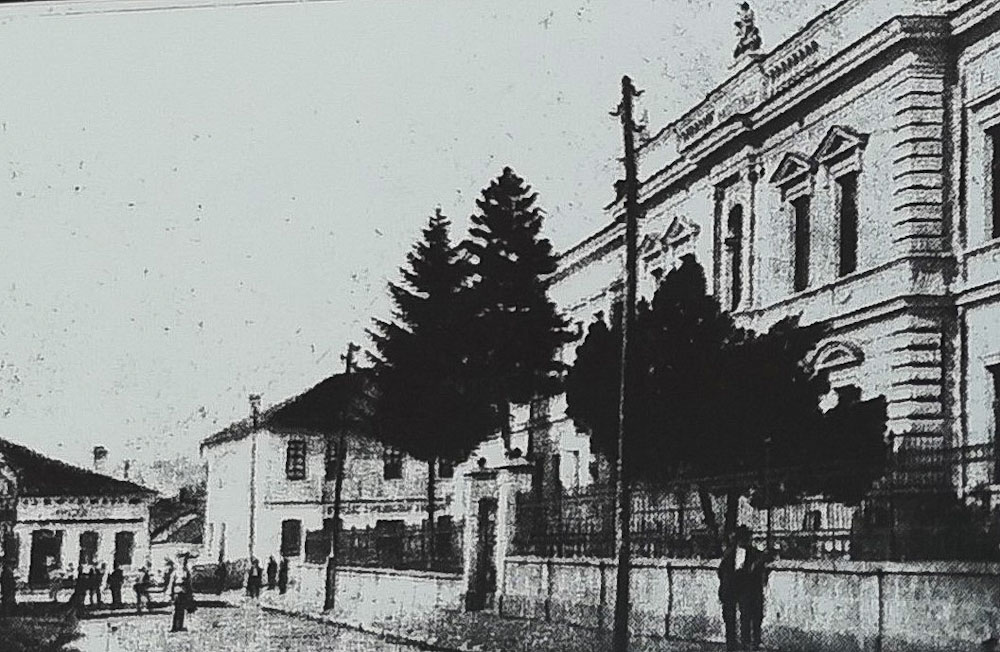
The new school building was finished where the classes begun next year. The building contains in the foundations a bottle with oil and a letter signed by King Alexander Obrenović, the Prime Minister Nikola Pašić (former student of the Zaječar Gymnasium), the minister of education, the county commander, the city mayor, and the Gymnasium principal Mihailo Bobić.

During his royal visit to Zaječar on August 31st and September 1st, King Alexander Obrenović stayed in this building, where the royal reception was held as well.

Gymnasium named after Dositej Obradović.

Gymnasium Dositej Obradović renamed again to State Gymnasium in Zaječar.

City Casina was founded in several offices at the gymnasium, where citizens could gather to read, discuss and debate. “Sokolsko Društvo” was founded, and with the arrival of Jaroslav Vošta, the physical education of students begun.

After the victory of coeducation over conservatism all female students were enrolled in the State Gymnasium.
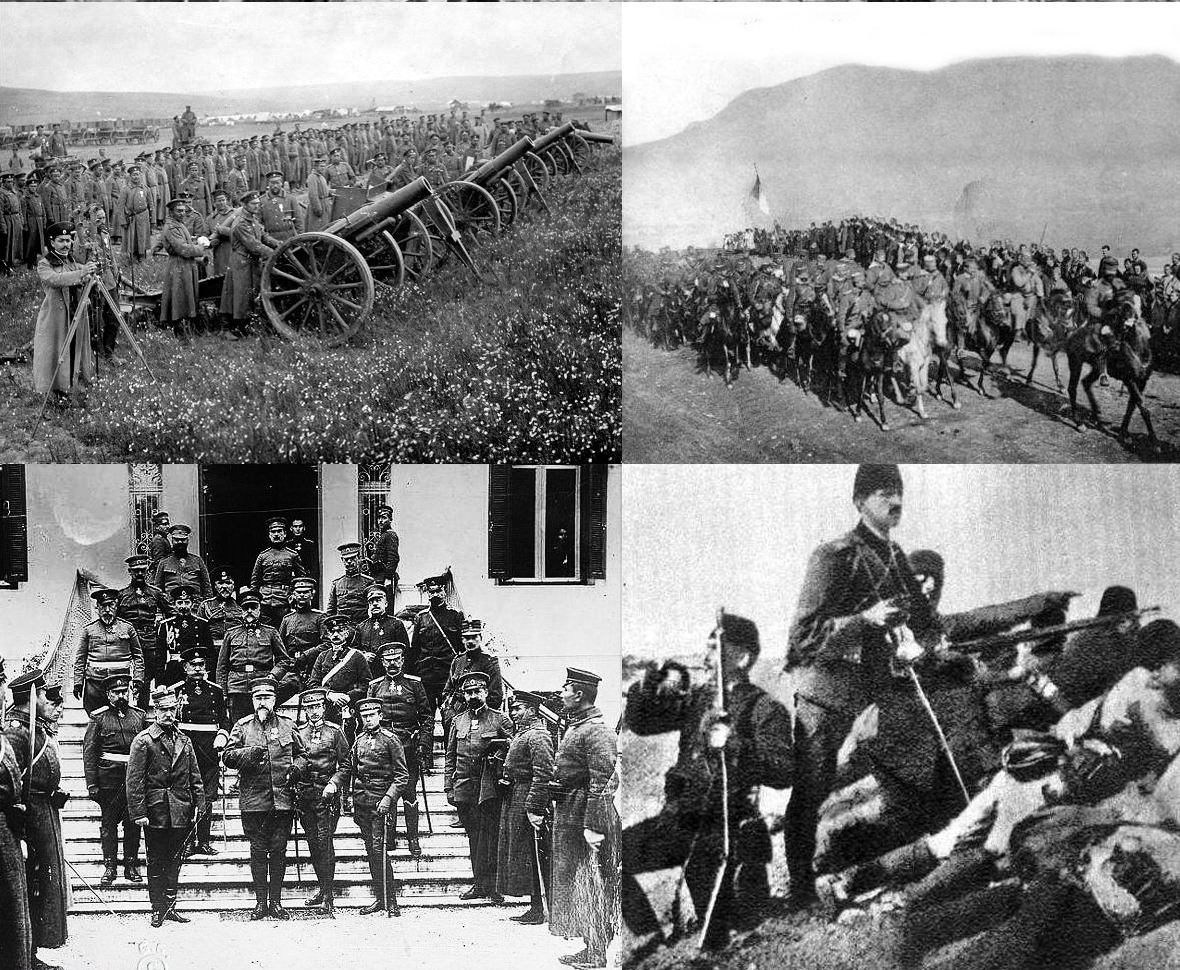
During First Balkan War gymnasium building became army hospital.

Bulgarian occupying forces opened their primary ang high school with teachers from Bulgaria. During last days of the occupation, all school tables, chairs, desks, hangers, utensils, tools, etc. were stolen, as well as anything that could be carried away by the leaving occupiers.

After liberation, Gymnasium is open again and works in difficult circumstances with no furniture or equipment.

The archaeological museum collection was founded.

The geological-mining museum collection was founded, as well as the Wheel of Sober Youth “Buktinja” (torchlight) with the task to prevent alcohol consumption.

In the vicinity of the school, two barracks were built for the school polyclinic and the school bathhouse.

The school got electricity which allowed for the classes to take place during dark autumn and winter afternoons.

Gymnasium was relocated to Negotin together with the Timok Episcopacy. Next two decades there was only a primary school in Zaječar.

The school closed on March 31st until further notice and on April 13th German troops entered Zaječar and took over the gymnasium building. They ordered the reopening of the gymnasium in the primary school building from where it was moved back and forth several times. During the war, the Gymnasium lost 30 students and 4 professors in the battles.

After the second and final liberation of Zaječar on October 8th the gymnasium building was given to the Red Army military hospital which stayed for a month. When the war ended, the school building was severely damaged, with no windows, no doors, pilled off walls, hence it was impossible to teach in it. The scientific collections and libraries (counting over 5000 books) were completely destroyed, and there was not a single archival document left. The largest part of destruction happened between the first (September 7) and the second (October 8) liberation of Zaječar, when the German army used the building as a hospital. The school begun again on December 1st.

The school operated as State Complete Mixed Gymnasium.

High School of Economics was located in part of the building for two years.
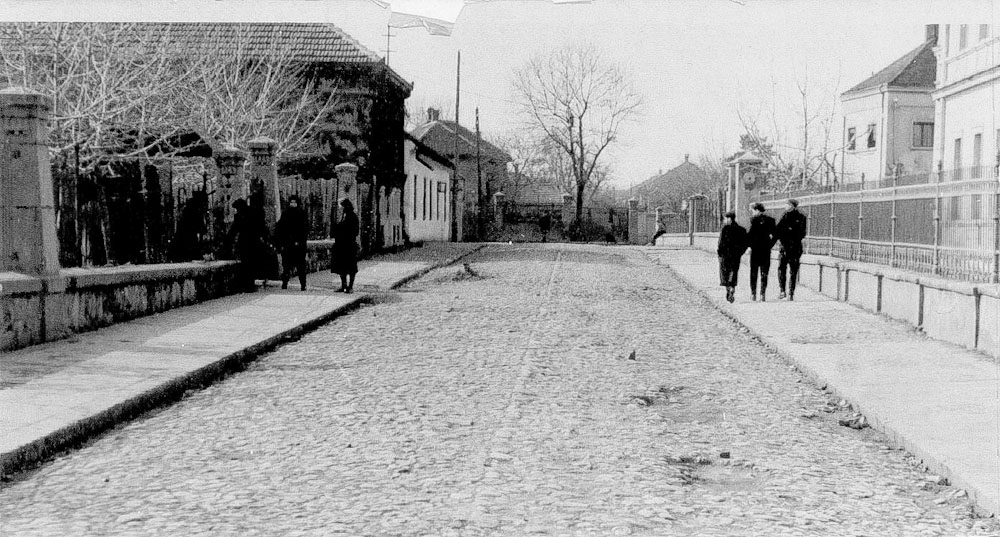
The school founded a pupils’ workshop with the task to replace the ruined teaching collections and make utensils for various classes.

Boarding Department was opened in the school to house 75 pupils in 9 sleeping rooms.

The name was changed into Higher Mixed Gymnasium. That year the School for Medical Assistants moved into part of the building and remained until 1959.

High School of Economics moved back and stayed until 1959 when it was finally relocated to its present building.

City Council changed the name of the school into Moša Pijade Gymnasium.

Gymnasium was relocated to the renovated building at the High Schools' Center, previously inhabited by the County Council (present-day building of School of Economics and Trade). Ljuba Nešić Primary School moved into its old building.
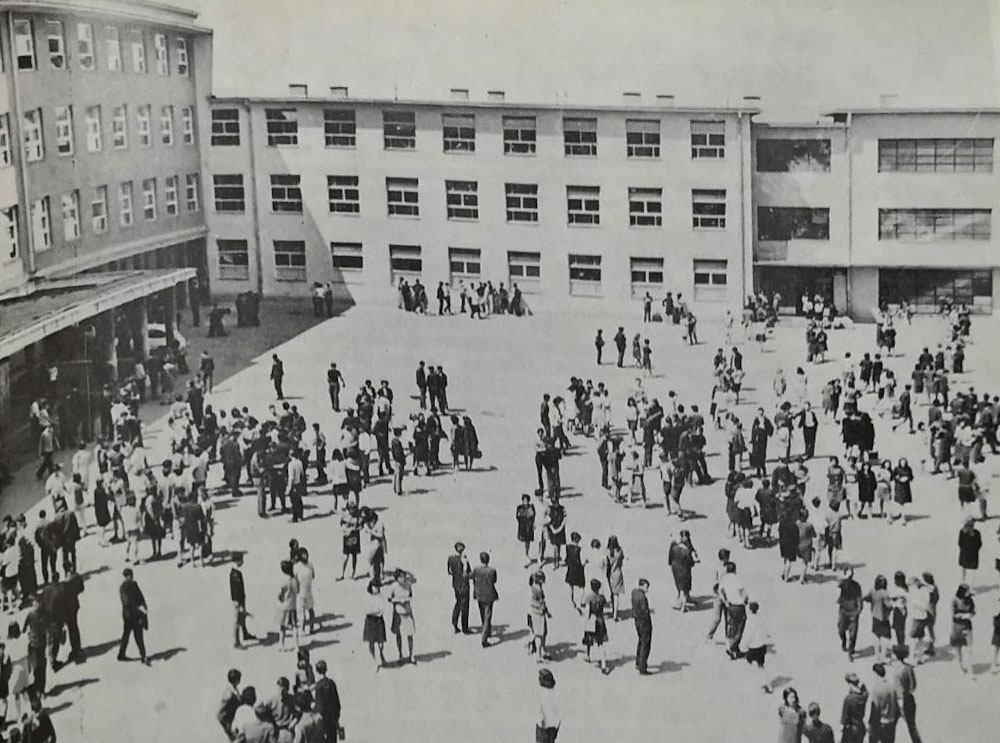
The new building did not fit the gymnasium school program and needs, hence it had to be relocated again. It was moved into the right wing of the newly built high-school center where it remained since.
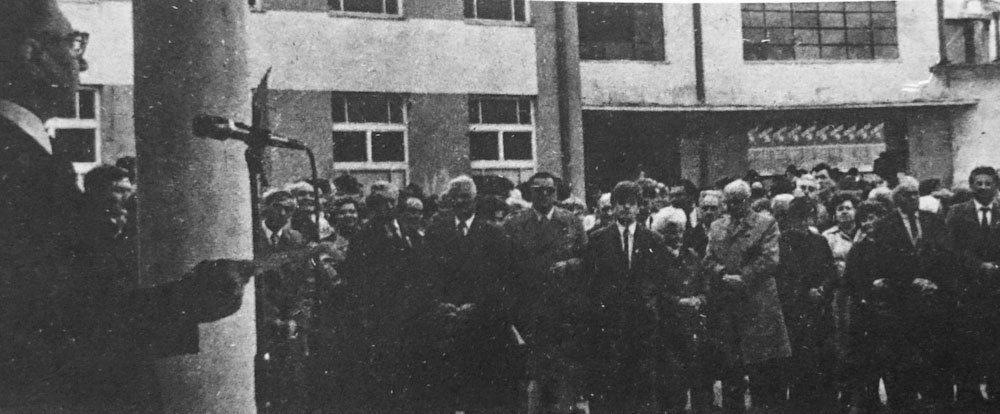
A new High School Law was imposed and the Gymnasium merged with other high schools in town to create the Center for Directed Education “AVNOJ”. In place of various high schools, one single center was created with a joint two-year basic program, followed by a two-year specialist education.

The new law in 1990 gave the Gymnasium its old, independent status which is still in power.
Zaječar was one of the first towns in Serbia to have a high school – on August 22, 1836 the “Big School” was founded: a half-gymnasium named The Main School, the same year as the gymnasiums in Čačak and Šabac, and only three years after the one in Kragujevac (1833). It had two classes: the first year with seven pupils, but already the next year had thirteen pupils in both classes. The first teacher was Živojin Kerečki from Srem, who was considered one of the best teachers in Timok Region. It was located in the newly built building together with the Primary School, where the “church shops” used to be, and where the church park is today.
When Timok Episcopacy relocated from Zaječar to Negotin in 1839, the Gymnasium followed. During two decades (1839-1859) there was only a primary school in Zaječar. Nevertheless, during his return to retake the power, the exiled Prince Miloš passed through Zaječar and promised to return the Gymnasium back to Zaječar. Following his official decision on February 22, 1860 the Gymnasium returned to Zaječar. The school had four classes and worked until 1866 when it was relocated again to Negotin. This “fight” over the only high school in the Timok Region underlined the need for more high schools in the region, hence a Gymnasium with two classes was opened in 1869. During the Serbian-Turkish Wars (1876-78) the school was shut down and the building was used for the wounded soldiers, while many citizens were forced to flee Zaječar during the war.
In 1879, after ten years, the school got one more grade and in 1880 had four grades in total, reaching the rank of a lower gymnasium. In 1885, by skillfully using the procedure, Zaječar representatives in the Serbian Assembly managed to outbid Negotin and receive a written Decision for the founding of a complete gymnasium. Therefore, the first graduation took place in 1888. At the time there were only 5 complete gymnasiums in Serbia (I and II in Belgrade, in Kragujevac, Niš, and Zaječar). Since 1891/92 the gymnasium in Zaječar had 8 grades and remained the same until 1951.
A very significant even in the history of the Gymnasium was the erection of the new schoo lbuilding in 1892, which opened in 1893. According to its size and aesthetics, the new school represents a unique building in Serbia from the 19th century. It had numerous classrooms, separate rooms for physics and chemistry, celebration hall, rooms for drawing classes and gymnastics, the offices for the teachers and managers, the apartment for the principal, as well as other additional rooms. It was known as one of the most beautiful and most functional buildings in Serbia.

From 1899 to 1904 the Gymnasium was named “Gymnasium of Dositej Obradović” but had its old name – The State Gymnasium in Zaječar – returned on April 10th,1904. In 1907 “Sokolsko Društvo” was founded, and with the arrival of Jaroslav Vošta the physical education of students begun.
In the period 1906-1912 there was a Private Girls’ Gymnasium located at the Guildhall (today’s Theater building), as it was forbidden to have a joint education of boys and girls. In its final year, the Private Girls' Gymnasium had six grades and 90 students. After the victory of coeducation over conservatism in 1912 all female students got enrolled in the State Gymnasium.
In 1916, during the second year of the World War I, the Bulgarian occupying forces opened their own primary school and the gymnasium, bringing the teachers from Bulgaria. During last days of the occupation, all school tables, chairs, desks, hangers, utensils, tools, etc. were stolen, as well as anything that could be carried away by the leaving occupiers.
In 1924 the archaeological collection has been founded, as well the geological-mining one in 1926.
In the decade before the outbreak of the World War II the material base and teaching circumstances got significantly better. In 1935 the school got electricity and this allowed for the classes to also take place during dark autumn and winter afternoons. In the last school year in piece, 1939/40 Zaječar Gymnasium counted 924 pupils and was one of the most important institutes in Timok Region.
The students were active in numerous clubs and sections (choir, orchestra, reciting and theater, airplane modeling, skiing, running, scouts, ferial society…), and the school also had The Wheel of Sober Youth “Buktinja” (Torchlight) founded in 1926. It had the task of preventing schoolchildren from consuming alcohol. Just before World War II a circle of communist sympathizers and collaborators begun to form among the teachers and students, who later became the leaders and organizers of the people’s uprising.


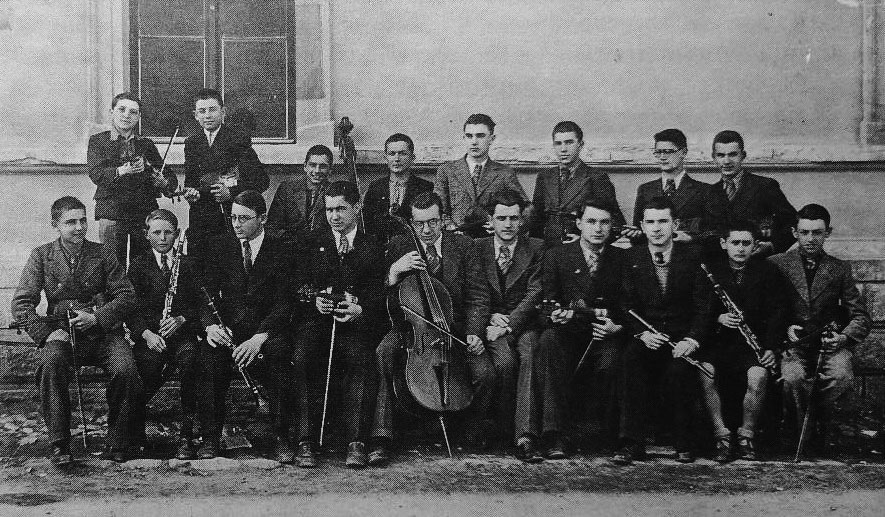

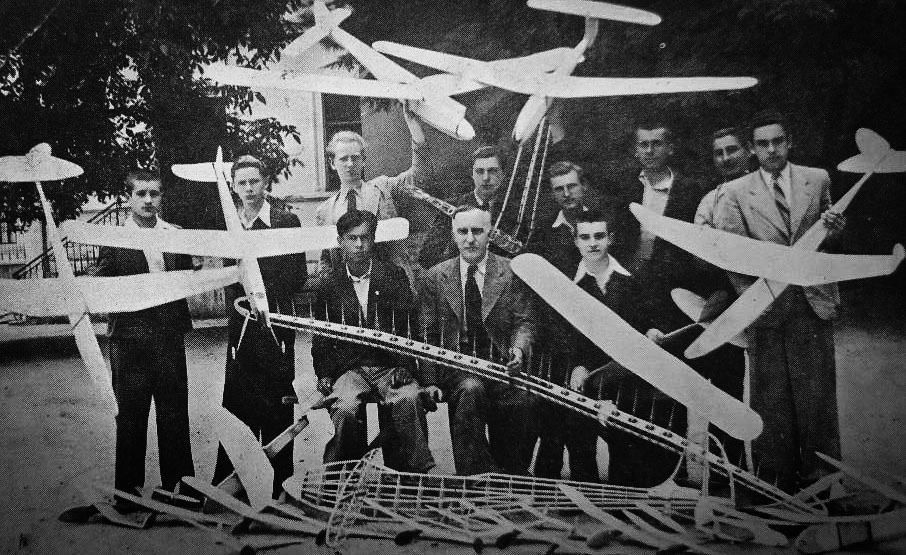
The school closed on March 31st, 1941 indeterminately, while the building was given to Yugoslav Army. Nevertheless, on April 13th the German troops entered Zaječar and took over the gymnasium building. They ordered the reopening of the Gymnasium at the Primary School building (today “Desanka Maksimović” school). In the war, the Gymnasium lost 30 students and 4 professors in battles. After the second and final liberation of Zaječar on October 8th, 1944 the gymnasium building was given to the Red Army military hospital that stayed for a month.
The school building was severely damaged in war, had no windows left, no doors, the walls were pilled off, and it was impossible to teach in it. The scientific collections and libraries (counting over 5000 books) were completely destroyed and there was not a single archival document left. The largest part of destruction happened between the first (September 7) and the second (October 8) liberation of Zaječar, when the German army used the building as a hospital. After the building was cleared off the debris, the chairs and tables were collected all over town, and the Gymnasium was reopened on December 1st,1944 with 1.111 pupils enrolled.
From 1945 to 1952 the school worked under the name State Complete Mixed Gymnasium, and from 1952 to 1957 as Higher Mixed Gymnasium. In March 1957 the People’s Council of Zaječar Municipality changed its name to Gymnasium “Moša Pijade”.
In 1959 the Gymnasium moved into a new building built for the County Council (present-day School of Economics and Trade). The new space was not sufficient for the Gymnasium hence it moved again in 1964 into a newly built wing of the High School Center where it remained since.
In 1963 a new department of the Gymnasium opened in Boljevac, which became independent in 1971 as the School Center for Gymnasium and Practical Education. In 1977 a new High School Law was brought and the Gymnasium merged with other high schools in town to create the Center for Directed Education “AVNOJ”. In place of various high schools, one single center was created with a joint two-year basic program, followed by a two-year specialist education. The Center was accredited to school pupils for 17 different professions. Nevertheless, this transformation brought only problems in education, and already in 1987 the Center was transformed back into four high schools: Technical, Economics, Medical, and Gymnasium. The new law in 1990 gave the Gymnasium its old status which is still in power.

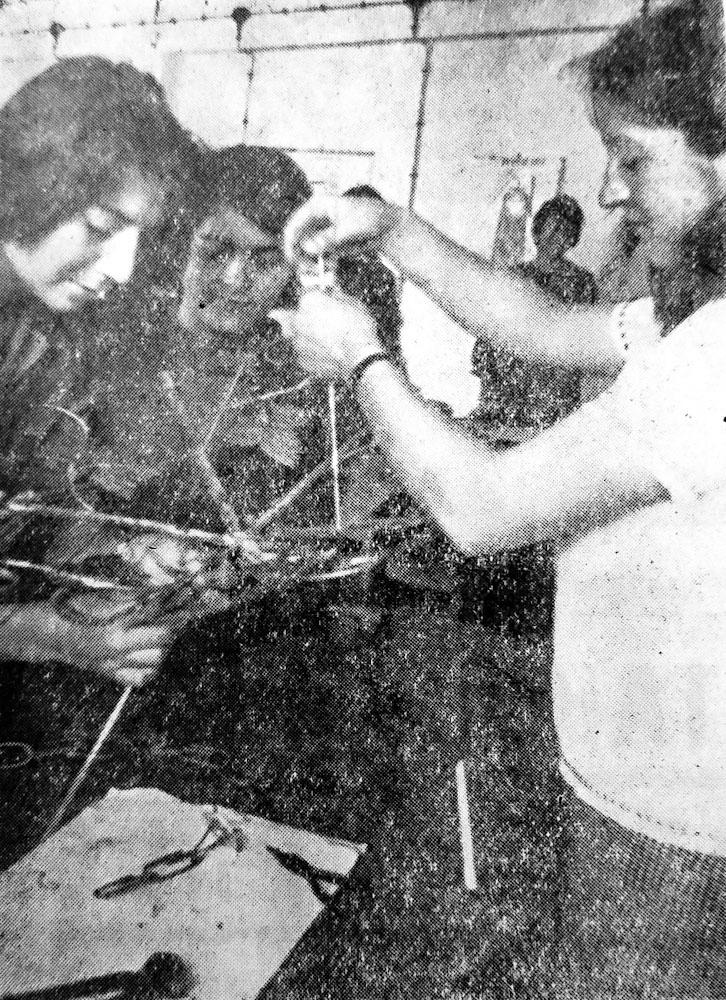










For more than a century and half, the Gymnasium is known for its ability to “pave the way” for the entrance into all faculties and higher education institutions. Due to this fact, as well as the selection of best teachers and professors, it was respected by the people and it was not only the bourgeoisie that sent children to Gymnasium, it was attended by children of all layers of the society, which was sometimes very hard and demanding.

SOURCES:
Gimnazija i stručne škole u Zaječaru 1836/37 – 1986/87. Zaječar, 1987.
Petar Krstić, „Prosveta“. Zaječar i okolina, Zaječar, 1974, str. 306-341.
Gymnasium Official Web-page: http://www.gimza.edu.rs/


One of the most impressive school buildings from the very beginning of the 20th century, it was home...

Zaječar's library is one of the oldest cultural institutes in town, with a tradition longer than 150...

During its long history, it was a home to Zaječar Gymnasium (1893-1959), High School of Economics (1...

The Ministry of People’s Health signed a Decree on July 30th, 1948 founding a school for medical nur...